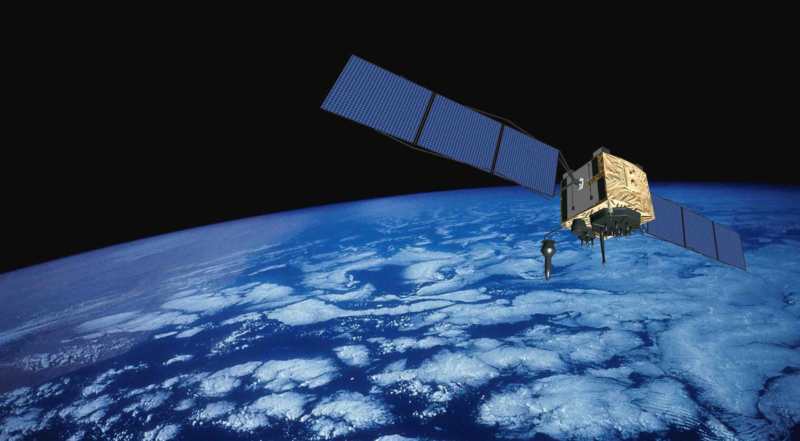For decades precision guidance for aircraft approaches have been largely one size fits all, with an Instrument Landing System (ILS) transmitting a radio beam into the sky for aircraft to follow and land safely, providing a single, safe, approach path to follow.
ILS is a tried and tested piece of technology, but it is inflexible, subject to beam bending and hugely expensive for an airport to install and maintain given the need for multiple ground stations to provide the signals for each direction of every runway.
But change is on the way, with many capacity constrained airports now looking at Ground Based Augmentation Systems – or GBAS – as the next generation of landing system.
GBAS works by having a single site ground station for the receiving and transmitting antenna systems, the location of which is known to an incredible level of accuracy. Up to six receivers can take the data from orbiting GPS satellites – which in itself is accurate to around 10 metres – and create position correction and integrity information for an aircraft to use. The ground station combines this data with a definition of the approach paths to be flown and transmits this to the aircraft twice every second.
The degree of accuracy and flexibility provided by the ground station means that it’s possible to start doing new and very efficient things with the approach path. Instead of one, it’s possible to have multiple glide paths provided by the single ground station with each tailored to the specific needs and capabilities of individual aircraft types.

A380 Emirates A6-EDC” by Quentin Douchet – Own work. Licensed under CC BY-SA 3.0 via Wikimedia Commons
Using GBAS at an airport with a large number of super heavy aircraft like Dubai, where NATS has previously analysed the airflow disruption of successively arriving aircraft, could permit the design of steeper glide paths with the A380 in mind. This would help reduce flying time, cut fuel bills and maximising runway capacity.
In complex traffic environments where the approach paths of multiple runways at adjacent airports would intersect with one another using the traditional straight-line approaches in current use, GBAS supports the ability to use curved RNP (Required Navigation Performance) routes to the runway, deconflicting aircraft, reducing controller workload and increasing airport and airspace capacity.

Dubai Airport by elmar bajora via Flickr
Of course implementing GBAS based procedures isn’t straightforward and requires major operational input from the various stakeholders (airport operator, air traffic control organisation and airlines), something a system supplier alone isn’t always best placed to do. It’s for that reason that we’re now working with leading systems providers to combine their vast experience about the development and use of innovative technology with our expertise in turning technical functionality into real operational capability.
In practice, this means technical solutions can be delivered into service by an engineering and operational team who understand the operational needs of an airport, taking advantage of our in-house airspace and approach procedure designers, and specialist instructors who can develop and deliver bespoke training programmes.
This offering covers planning and evaluation through to site selection, installation, commissioning, safety evaluation, regulatory approval, training and in-service support ensuring that everyone fully benefit from the opportunities that this exciting new technology presents.
Get in touch with me if you’d like to find out more.
Comments
Please respect our commenting policy and guidelines when posting on this website.

13.07.2015
20:46
Dr Avril Horn
I note that your article makes no mention of aircraft noise. I would be very interested in your opinion as to how using GBAS will have an impact on aircraft noise being experienced on the ground by those overflown by fully laden A380s, both on take off and landing.
16.07.2015
15:38
Simon Byerley
Great – looks like with this technology you can make sure that airports such as Gatwick return to broad swathe approaches that fairy disperse traffic within historical RMA and not concentrate to meet a 10nm minimum ILS joining point as is currently happening? I assume also that this technology will also ensure aircraft perform a CDA and stay as high as possible for as long as possible?